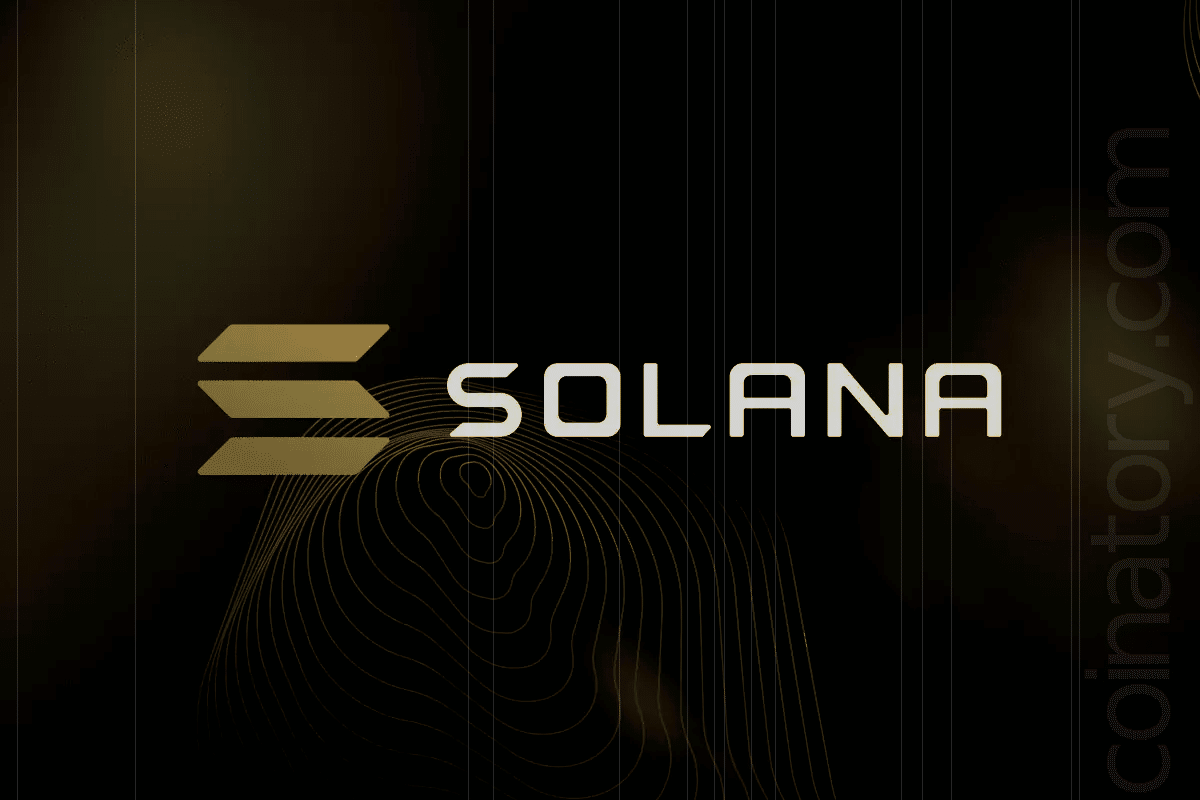
According to a recent Standard Chartered analysis, Solana, the high-performance layer-1 blockchain renowned for its cheap fees and quick transaction throughput, might be becoming an excessively memecoin-dependent platform. Despite Solana’s technical advantages, the research paper dated May 27 cautions that its primary use case has becoming more limited.
According to the paper, Solana “dominates in areas that demand high-volume, low-transaction-cost solutions,” although a large portion of this supremacy can be ascribed to memecoin speculation. Memecoins are now the main factor driving user engagement on the Solana network, as indicated by application revenue, or “GDP” in blockchain jargon.
Peak Signals for Memecoin Structural Risk
Standard Chartered claims that the rapid rise of memecoins on Solana served as a reliable stress test for the scalability of the platform. However, these digital assets’ short-term nature and volatility raise concerns about their long-term viability. The bank warns that Solana may have trouble maintaining network momentum as memecoin trading volumes start to drop.
“Declining usage and trading ‘cheap’ are not a good mix,” the report states, suggesting that Solana must diversify into sectors beyond speculative assets to remain competitive.
Solana Is Encouraged to Go Beyond Conjecture
According to the analysis, consumer-facing platforms like decentralized social media and high-throughput financial apps are promising development areas. However, Standard Chartered notes that it might take years to reach scale in these areas, which might put Solana at a competitive disadvantage when compared to Ethereum, its main rival.
“As a result, we expect Solana to underperform Ethereum over the next two to three years, before catching up, at least in real terms,” the bank notes.
Ethereum Closes the Distance
Historically, Solana has positioned itself as a more cost-effective and speed-efficient alternative to Ethereum. However, the gap has been substantially closed by Ethereum’s recent Dencun update, which drastically decreased average transaction fees throughout its layer-2 ecosystem.
Ethereum’s modular architecture, which divides execution, consensus, and data availability, allows for more secure and scalable expansion, according to Standard Chartered. This development undermines Solana’s prior pricing advantage and calls into question its standing as the most economical blockchain for large-scale transactions.







